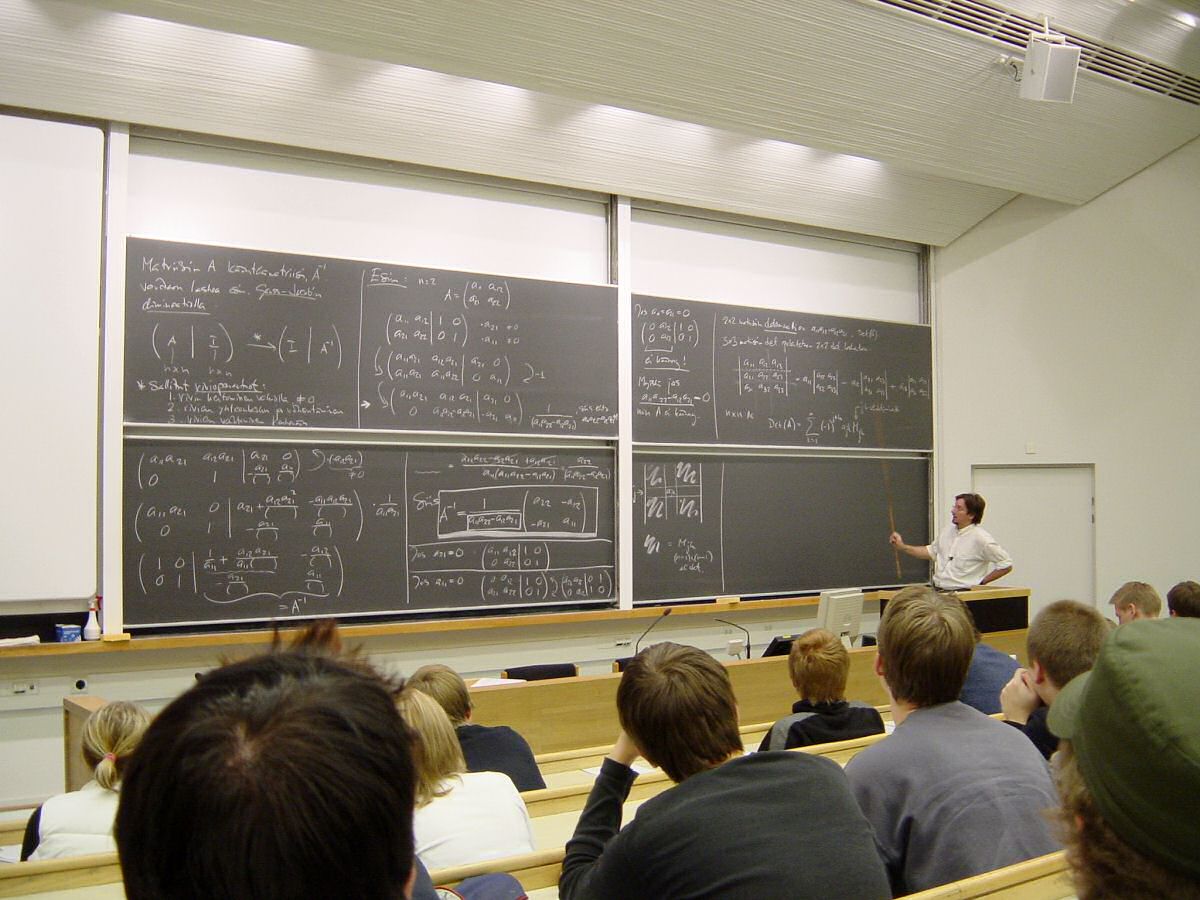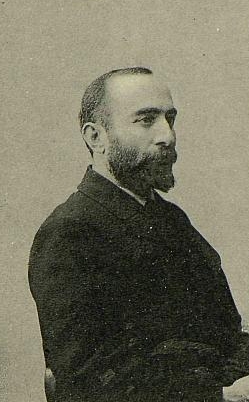|
Khudadat Bey Malik-Aslanov
Khudadat bey Agha bey oghlu Malik-Aslanov (, ) (April 1879 – 23 July 1935) was an Azerbaijani engineer, politician and university professor. Early life Khudadat Malik-Aslanov was born to the wealthy in the village of Taynaq in Shusha Uyezd of the Elisabethpol Governorate of the Russian Empire (now in Azerbaijan's Aghjabadi District). After graduation from the Shusha Realschule in 1899, he was sponsored by philanthropist Zeynalabdin Taghiyev to enter the Saint Petersburg Institute of Railway Transportation. He graduated from the institute with honours in 1904. He then was sent to work in the pioneering of the Saint Petersburg – Vologda railway. In 1905 Malik-Aslanov was assigned a position in the Transcaucasian Railway Department in Tiflis, of which he soon became the chairman. He earned a Ph.D. degree after publishing more than 10 works on railway communications. [...More Info...] [...Related Items...] OR: [Wikipedia] [Google] [Baidu] |
Taynaq
Taynaq (also, Taynag and Taynakh) is a village and municipality in the Aghjabadi Rayon of Azerbaijan Azerbaijan, officially the Republic of Azerbaijan, is a Boundaries between the continents, transcontinental and landlocked country at the boundary of West Asia and Eastern Europe. It is a part of the South Caucasus region and is bounded by .... It has a population of 810. References * Populated places in Aghjabadi District {{Aghjabadi-geo-stub ... [...More Info...] [...Related Items...] OR: [Wikipedia] [Google] [Baidu] |
February Revolution
The February Revolution (), known in Soviet historiography as the February Bourgeois Democratic Revolution and sometimes as the March Revolution or February Coup was the first of Russian Revolution, two revolutions which took place in Russia in 1917. The main events of the revolution took place in and near Petrograd (now Saint Petersburg), the then-capital of Russia, where long-standing discontent with the monarchy erupted into mass protests against food rationing on 23 February Old Style and New Style dates, Old Style (8 March Old Style and New Style dates, New Style). Revolutionary activity lasted about eight days, involving mass demonstrations and violent armed clashes with police and Special Corps of Gendarmes, gendarmes, the last loyal forces of the Russian monarchy. On 27 February O.S. (12 March N.S.), most of the forces of the capital's garrison sided with the revolutionaries. In the same day, the Russian Provisional Government, made up by left-leaning State Duma (Russ ... [...More Info...] [...Related Items...] OR: [Wikipedia] [Google] [Baidu] |
Metro System
Rapid transit or mass rapid transit (MRT) or heavy rail, commonly referred to as metro, is a type of high-capacity public transport that is generally built in urban areas. A grade separated rapid transit line below ground surface through a tunnel can be regionally called a subway, tube, metro or underground. They are sometimes grade-separated on elevated railways, in which case some are referred to as el trains – short for "elevated" – or skytrains. Rapid transit systems are usually electric railways, that unlike buses or trams operate on an exclusive right-of-way, which cannot be accessed by pedestrians or other vehicles. Modern services on rapid transit systems are provided on designated lines between stations typically using electric multiple units on railway tracks. Some systems use guided rubber tires, magnetic levitation (''maglev''), or monorail. The stations typically have high platforms, without steps inside the trains, requiring custom-made trains in order to m ... [...More Info...] [...Related Items...] OR: [Wikipedia] [Google] [Baidu] |
Soviet Union
The Union of Soviet Socialist Republics. (USSR), commonly known as the Soviet Union, was a List of former transcontinental countries#Since 1700, transcontinental country that spanned much of Eurasia from 1922 until Dissolution of the Soviet Union, it dissolved in 1991. During its existence, it was the list of countries and dependencies by area, largest country by area, extending across Time in Russia, eleven time zones and sharing Geography of the Soviet Union#Borders and neighbors, borders with twelve countries, and the List of countries and dependencies by population, third-most populous country. An overall successor to the Russian Empire, it was nominally organized as a federal union of Republics of the Soviet Union, national republics, the largest and most populous of which was the Russian SFSR. In practice, Government of the Soviet Union, its government and Economy of the Soviet Union, economy were Soviet-type economic planning, highly centralized. As a one-party state go ... [...More Info...] [...Related Items...] OR: [Wikipedia] [Google] [Baidu] |
Elektrichka
An ''elektrichka'' ( ; , ) is a Soviet Union, Soviet and Eastern Bloc, Eastern bloc commuter (regional) mostly suburban electrical multiple unit passenger train. Elektrichkas are widespread in Russia, Ukraine and other countries of the former Warsaw Pact presenting a socially vital mode of transportation. In 2007, 4085 commuter trains a day (in each direction) were running on the Russian Railways network alone, most of them electric. The first ''elektrichka'' train started running on July 6, 1926, along the Baku–Sabunçu, Baku, Sabunchi line in Soviet Azerbaijan. Also urban (intra-city) ''gorodskaya elektrichkas'' and airport's ''aeroexpresses'' exist in a few cities of Russia, Ukraine, and Belarus. Name "Elektrichka" was initially a colloquial abbreviation for ''elektropoyezd'' (, , ), the official term for electrical multiple unit passenger train in respective languages. However, it is gradually becoming a part of the official trademark names. For instance, the Kyiv Urban El ... [...More Info...] [...Related Items...] OR: [Wikipedia] [Google] [Baidu] |
Julfa, Azerbaijan (city)
Julfa (), formerly Jugha (Armenian: Ջուղա, also transliterated as ''Djugha''), is a city and the capital of the Julfa District of the Nakhchivan Autonomous Republic of Azerbaijan. Julfa is separated by the Aras River from its namesake, the town of Jolfa on the Iranian side of the border. The two towns are linked by a road bridge and a railway bridge. Both Azerbaijan's absolute minimum temperature () and the absolute maximum temperature () were observed in Julfa (and also in Ordubad). History The city is known as ''Jugha'' () in Armenian. The modern-day town of Julfa is located a few kilometers east of the ruins of the historical settlement of Julfa/Jugha, which are situated on a rocky strip of land in between the left bank of the Aras and a steep mountain range.Ghougassian, Vazken S. �JULFA i. SAFAVID PERIOD” ''Encyclopaedia Iranica'', XV/2, pp. 217–224 and XV/3, pp. 225–231. The medieval Armenian historian Movses Khorenatsi wrote that Julfa was founded by ... [...More Info...] [...Related Items...] OR: [Wikipedia] [Google] [Baidu] |
Azerbaijan Polytechnic Institute
Azerbaijan Technical University (AzTU; ) is a public university, specialized in engineering, located in Baku, Azerbaijan. The University has 9 schools and 54 departments, 884 faculty members and approximately, 10.000 students. History November 14, 1920, the Soviet government decided that the previous technical school "Baku Polytechnicum" would be closed and replaced by the Baku Polytechnic Institute. The new school focused on training engineers in such sectors as agriculture, civil engineering, electromechanics, economics, and oil. In 1923, the school changed its name to the Azerbaijan Polytechnic Institute. In March 1929 the Communist Party of Azerbaijan decided that the school would be divided into three independent schools covering agriculture, economy, and oil. However, the growing demands of engineers in other areas outside of oil led to the expansion of the school curriculum, and the school again changed its name in 1934, this time to the Azerbaijan Industrial Institute (AZP ... [...More Info...] [...Related Items...] OR: [Wikipedia] [Google] [Baidu] |
Higher Education
Tertiary education (higher education, or post-secondary education) is the educational level following the completion of secondary education. The World Bank defines tertiary education as including universities, colleges, and vocational schools. ''Higher education'' is taken to include undergraduate and postgraduate education, while vocational education beyond secondary education is known as ''further education'' in the United Kingdom, or included under the category of ''continuing education'' in the United States. Tertiary education generally culminates in the receipt of Academic certificate, certificates, diplomas, or academic degrees. Higher education represents levels 5, 6, 7, and 8 of the ISCED#2011 version, 2011 version of the International Standard Classification of Education structure. Tertiary education at a nondegree level is sometimes referred to as further education or continuing education as distinct from higher education. UNESCO stated that tertiary education focu ... [...More Info...] [...Related Items...] OR: [Wikipedia] [Google] [Baidu] |
Azerbaijani Alphabet
The Azerbaijani alphabet (, , ) has three versions which includes the Arabic script, Arabic, Latin script, Latin, and Cyrillic alphabets. Azerbaijani language#North Azerbaijani, North Azerbaijani, the official language of Azerbaijan, Republic of Azerbaijan, is written in a modified Latin alphabet. After the fall of Soviet Union this superseded previous versions based on Cyrillic script, Cyrillic and Arabic script, Arabic scripts. Azerbaijani language#South Azerbaijani, South Azerbaijani, the language spoken in Iran’s Iranian Azerbaijan, Azerbaijan region, is written in a modified Arabic script since Safavid Empire. Azerbaijanis of Dagestan still use the Cyrillic script. Azerbaijani Latin alphabet The Azerbaijani Latin alphabet consists of 32 letters. History From the nineteenth century there were efforts by some intellectuals like Mirza Fatali Akhundov and Mammad agha Shahtakhtinski to replace the Arabic script and create a Latin alphabet for Azerbaijani. In 1922, a L ... [...More Info...] [...Related Items...] OR: [Wikipedia] [Google] [Baidu] |
Romanization
In linguistics, romanization is the conversion of text from a different writing system to the Latin script, Roman (Latin) script, or a system for doing so. Methods of romanization include transliteration, for representing written text, and transcription (linguistics), transcription, for representing the spoken word, and combinations of both. Transcription methods can be subdivided into ''phonemic orthography, phonemic transcription'', which records the phonemes or units of semantic meaning in speech, and more strict ''phonetic transcription'', which records speech sounds with precision. Methods There are many consistent or standardized romanization systems. They can be classified by their characteristics. A particular system's characteristics may make it better-suited for various, sometimes contradictory applications, including document retrieval, linguistic analysis, easy readability, faithful representation of pronunciation. * Source, or donor language – A system may be tai ... [...More Info...] [...Related Items...] OR: [Wikipedia] [Google] [Baidu] |
Azerbaijani National Council
Azerbaijani National Council () was the first delegated legislative body of the Azerbaijan Democratic Republic (ADR) from 27 May 1918 to 17 June 1918 and again from 16 November 1918 to 3 December 1918. It was succeeded by the ''Parliament'' (), a legislative body formed through nationwide general elections. Background After the February Revolution like many ethnic minorities of the shrinking Russian Empire, Azeris also began to form movements aimed at political autonomy from Russia. In the provinces and districts where Azeris constituted considerable population local Muslim National Councils (MNC) were formed. On March 27, 1917, delegates of MNCs gathered to establish the Temporary Executive Committee for the MNCs. Mammad Hasan Hajinski became head of this committee, which also included Mahammad Amin Rasulzade, Alimardan bey Topchubashev, Fatali Khan Khoyski, and other founders of the future Azerbaijan Democratic Republic. After the October Revolution the South Caucasus was ... [...More Info...] [...Related Items...] OR: [Wikipedia] [Google] [Baidu] |
Transcaucasian Democratic Federative Republic
The Transcaucasian Democratic Federative Republic (TDFR; 22 April – 28 May 1918) was a short-lived sovereign state, state in the Caucasus that included most of the territory of the present-day Armenia, Azerbaijan and Georgia (country), Georgia, as well as parts of Russia and Turkey. The state lasted only for a month before Georgian Declaration of Independence, 1918, Georgia declared independence, followed shortly after by Declaration of Independence of Armenia (1918), Armenia and Declaration of Independence (Azerbaijan), Azerbaijan. The region that formed the TDFR had been part of the Russian Empire. As the empire dissolved during the 1917 February Revolution and a Russian Provisional Government, provisional government took over, a similar body, called the Special Transcaucasian Committee (Ozakom), did the same in the Caucasus. After the October Revolution and rise of the Bolsheviks in Russia, the Transcaucasian Commissariat replaced the Ozakom. In March 1918, as t ... [...More Info...] [...Related Items...] OR: [Wikipedia] [Google] [Baidu] |






